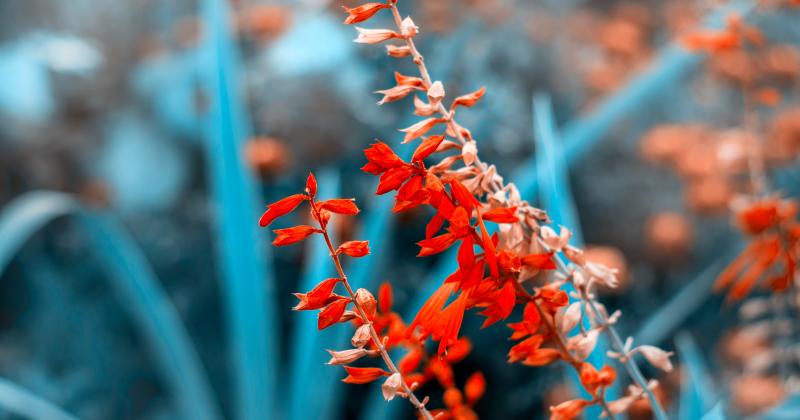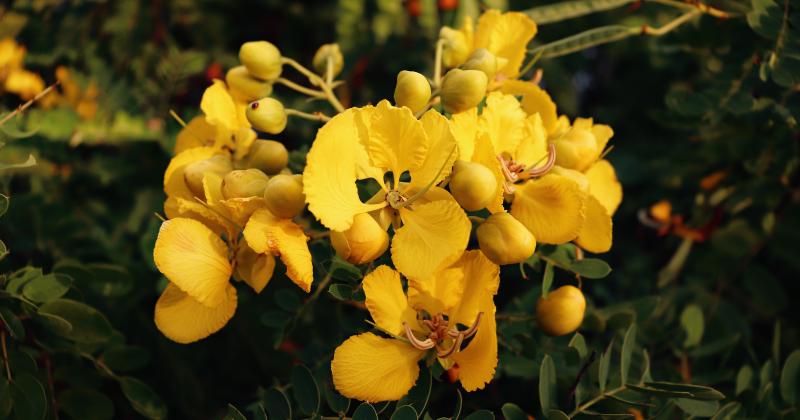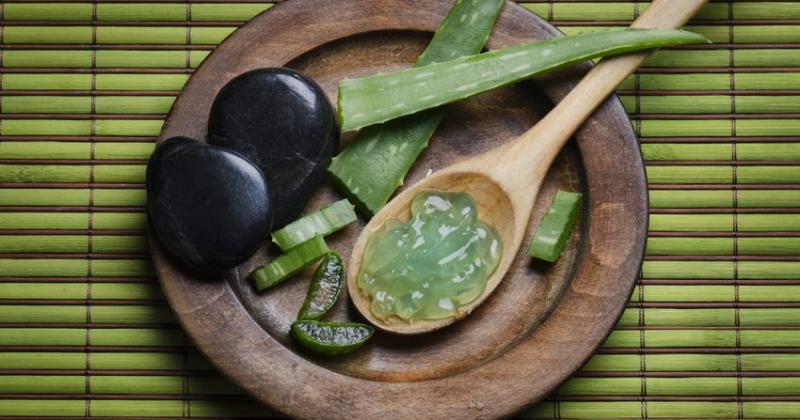QUASSIA AMARA: BOTANY, HISTORY, AND TRADITIONAL INSIGHTS
 />
/>
Quassia Amara, commonly known as Quassia, is a plant noted for its distinctive botanical features. It belongs to the family Simaroubaceae and is native to the Caribbean and parts of South America. This small tree or shrub typically grows to a height of about 3 meters. read more ›
TRIBULUS: NATURE'S POTENT HERB FOR VITALITY
 />
/>
Tribulus terrestris is a hardy, low-growing plant that belongs to the Zygophyllaceae family. It is typically found in warm and arid regions across the world, including parts of Europe, Asia, Africa, and the Americas. The plant's most distinctive feature is its spiky, flat fruit that is covered in sharp thorns. These thorns earned the plant its nickname "puncture vine" because they can puncture bicycle tires and the feet of unsuspecting passersby. read more ›
GOLDEN BLOOMS OF WELLNESS: UNVEILING THE SECRETS OF AVARAM
 />
/>
Cassia auriculata belongs to the Fabaceae family, a family rich in flowering plants primarily recognized for their pod-bearing fruit. Avaram is a small, shrub-like plant, usually growing to a height of 1-2 meters. The leaves are compound, with oblong leaflets that are smooth on the surface. Its bright yellow flowers, arranged in dense racemes, are one of its most defining features. The plant also bears seed pods which are curved, smooth, and green to brown in color. read more ›
ALOE VERA
 />
/>
The genus name Aloe is derived from the Arabic word alloeh, meaning "bitter and shiny substance" or from Hebrew אוהלים ahalim, plural of אוהל ahal. The specific epithet vera comes from verus meaning "true" in Latin. 2000 years ago, the Greek scientists regarded Aloe vera as the universal panacea. The Egyptians called Aloe “the plant of immortality.” Today, the Aloe vera plant has been used for various purposes in dermatology. read more ›
Showing 1 to 4 of 4 (1 Pages)
